- Course: Breakfast
Chia seeds (Salvia Hispanic), often known as Salba chia or Mexican chia, are edible seeds from a mint family flowering plant. The seeds have a long history in Mexico and Guatemala. In ancient Aztec and Mesoamerican societies, they were an important crop. Not only were the seeds a significant component of their nutrition, but they were also utilized to treat a variety of illnesses.
Many countries, including Mexico, Guatemala, Peru, Argentina, Australia, and the United States, now grow chia commercially. The seeds are well-known for being nutrient-dense supplements to a balanced diet.
History of Chia Seeds
Chia seeds were initially used as a food as early as 3500 B.C., according to archaeological data. Chia was a cash crop in central Mexico between 1500 and 900 B.C., and it became available to the Aztecs in 2600 B.C.
Chia seeds could be eaten on their own or combined with other grains. Sometimes they were pounded into flour, mixed with water, and drunk as a beverage. Chia is also a key element in Aztec medicine and is also used as a foundation for body and face paints.
Chia’s were not just used for food or medicinal purposes but were also given as gifts. Aztec kings received chia seeds as an annual reward from conquered tribes. The seeds were also offered to the Gods during sacred ceremonies.
Chia was traditionally grown in a region ranging from north-central Mexico to Guatemala, according to Aztec and Spanish sources. Nicaragua and southern Honduras also grew chia but on a much smaller scale. The Salinan, Cahuilla, Sostanoan, Paiute, Maidu, and Kawaiisu indigenous peoples of the western United States used salvia columbariae, a distinct species of chia for food and medicine.
Benefits of chia seeds
Helps with Constipation
Chia seeds include insoluble fiber of about 10 grams per ounce, which keeps you fuller for longer and bulks up a stool to prevent constipation, according to the American Society for Nutrition.
Can help with weight loss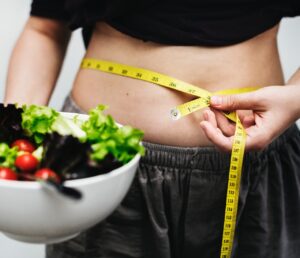
When you eat the seeds, the soluble fiber absorbs water, causing them to expand in your stomach and increase your feeling of fullness. Also, chia seeds aid weight loss due to their high protein and fiber content. Protein suppresses the appetite and keeps you feeling full, which means you will eat fewer potentially unhealthy snacks.
One study in 24 participants found that eating 0.33 ounces (7 grams) or 0.5 ounces (14 grams) of chia seeds mixed with their food for breakfast increased feelings of fullness and reduced food intake in the short term compared to eating breakfast without it.
Full of antioxidants and minerals
They also provide healthful fats, protein, and antioxidants that protect cells. Antioxidants are important cancer-fighting nutrients found in food. They combat free radicals, which cause cell, protein, and DNA damage. Because chia seeds are abundant in antioxidants, it is only natural to incorporate them into as many foods as possible. Processed meats and foods that contain high amounts of sugar are examples of foods that are high in free radicals yet low in antioxidants.
Some of these antioxidants include:
- Caffeic acid
- Chlorogenic acid
- Kaempferol
- Quercetin
Chia seeds are high in minerals, including:
- calcium
- iron
- zinc
- copper
- manganese
- niacin
- Magnesium
In fact, just one ounce (28 grams or 2 tablespoons) of chia seeds contains:
- calories: 138
- protein: 4.7 grams
- fat: 8.7 grams
- alpha-linolenic acid (ALA): 5 grams
- carbs: 11.9 grams
- fiber: 9.8 grams
- calcium: 14% of the Daily Value (DV)
- iron: 12% of the DV
- magnesium: 23% of the DV
- phosphorus: 20% of the DV
- zinc: 12% of the DV
- vitamin B1 (thiamine): 15% of the DV
- vitamin B3 (niacin): 16% of the DV
Helps with inflammation
Chia seeds are abundant in a plant-based omega-3 fatty acid that has anti-inflammatory properties. Consuming 37 grams of chia seeds per day reduced inflammatory indicators in the blood, according to a chia seed study.
Helps with cholesterol
Chia seeds offer more omega-3 fatty acids than flaxseeds, according to Dr. Andrew Weil’s website. Omega-3 fatty acids may help lower your cholesterol and lower your risk of coronary heart disease. Chia seeds, unlike flaxseeds, contain more antioxidants and have a longer shelf life.
Improve Bone Health
It is astonishing that this tiny powerful seed contains so many minerals including phosphorus, protein, and calcium. Chia seeds include calcium, which is good for your bones. A controlled study found that supplementing the diet with chia seeds increased bone health and density.
Helps with Diabetes and heart health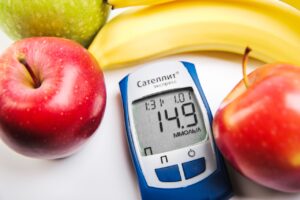
Chia seeds can also help to control blood sugar levels and enhance insulin sensitivity. This lessens the likelihood of spikes and crashes that might occur after meals. Diabetics, in particular, will benefit greatly from this.
A randomized controlled trial published in Diabetes Care determined that adding chia seeds to normal type 2 diabetes treatments improves cardiovascular disease risk and helps maintain good glucose and lipid control.
Easy to incorporate into your diet
Chia seeds are quite simple to include in your diet. Because they have a mild flavor, you can use them in almost any recipe. They do not require grinding, cooking, or any other preparation, making them a convenient addition to recipes.
They can be consumed raw, soaked in juice, or blended into porridge, pudding, smoothies, salad dressings, granola, and baked products. You can use them as a garnish on cereal, yogurt, veggies, and rice meals. They can also be used in jams, popsicles, and even used as bread crumbs. Chia seeds also perform well as a binding agent in handmade fritters.
You can use them to thicken sauces and as an egg substitute because of their capacity to absorb water and fat. They swell up several times their size when added to liquid and form a gelatinous covering that is easy to swallow and digest.
How much chia seeds should you eat in a day?
Depending on your gender and age, you should eat between 19 and 38 grams of fiber per day. Around 25 grams is ideal for women. Two tablespoons of chia seeds have 11 grams of fiber. Recommendations for consuming chia seeds runs about 1.5 teaspoons a day. Then, get the rest from other great sources of fiber, like beets, tomatoes, and broccoli.
How to make Chia Gel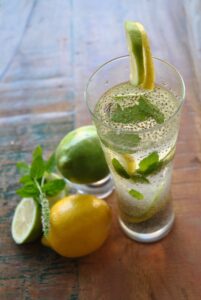
To make chia gel mix 1/3 cup chia seeds with 2 cups warm water and allow the mixture to thicken. The gel thickens as it stands for long periods of time.
Risks of Chia seeds
Potential Digestive Issues
Consuming too many chia seeds can induce constipation, diarrhea, bloating, and gas due to their high fiber content. Inflammatory bowel diseases, such as Crohn’s disease, may also be exacerbated by chia seeds.
Choking Hazard
Chia seeds absorb water and swell, becoming gelatinous in the process. Dry chia seeds can become lodged in your throat and cause choking. Soak the seeds for 5 to 10 minutes before using them to prevent this risk.
Allergies
Chia seed allergies are uncommon, however, they do occur in certain people. Vomiting, diarrhea, and itching of the tongue or lips are all signs to be aware of. Anaphylaxis can occur as a result of severe allergies.
Drug Interactions
The seeds may interact with blood thinners such as Coumadin and warfarin, according to the researchers. Anyone taking blood pressure medications should avoid chia seeds. If you have any concerns, talk to your doctor.
Easy Vegan Chia Recipes
3 Ingredient Chia Pudding
Total time: 10 minutes
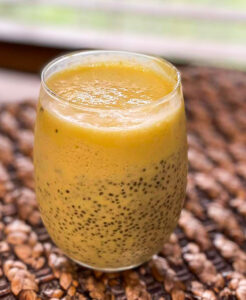
Ingredients
2 tablespoons of chia seeds
2 cups of almond milk
1 cup chopped or Mango
Instructions
- Mix chia seeds into the milk, stirring until it is well incorporated. Allow the mix to sit for a few minutes stirring again. before refrigerating make sure there are no clumps.
- Add chopped mango.
- Refrigerate for 2 hours or up to 7 days. This will allow the seeds to absorb the milk.
Nutritional Value
Calories: 130
Fiber: 10 grams
Protein: 4.6 grams
Fat: 9 grams (5 grams are omega 3)
@marlenemckinney077 #livelongerlivehealthy #fyp#fy#fypシ #livelong #workout #breakfastideas #🇧🇸🇧🇸🇧🇸 #🇧🇸🇧🇸🇧🇸 #rawfoods #walking
Green Smoothie
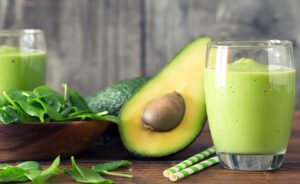
Green Smoothie Recipe
This green smoothie is a quick, healthful, and nutrient-dense way to start
your day! These healthful items, ranging from apples to spinach to
bananas, are a terrific way to sneak more greens into your daily routine.
This is one drink you will want to make again and again, believe me.
- Servings: two
- Time to prepare: 5 minutes
- Time spent: 5 minutes
- Calories: 330
-
Ingredients
- 2 ½ cups milk of almond.
- 2 cups Spinach.
- ½ avocados.
- 1 cup pineapple chunks, frozen.
- chia seeds, 1 tablespoon.
- 1 cup fruit of choice
- 1 frozen medium banana
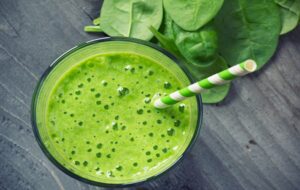
Directions
- In a blender, combine or mix all of the ingredients in the order listed
- Blend the ingredients for 2-3 minutes in a high-powered blender until they are smooth and creamy.
- If the smoothie is too thick, add more almond milk, or a sweetener of your choice if it is not sweet enough for you.
- You can replace the milk with water if you prefer your smoothies
to be thinner or if you want to save a few calories.
- Fill a cup or a mason jar with the mixture. Eat immediately chilled or keep refrigerated for up to 24 hours.
- Ice cubes will dilute the smoothie, so avoid them. A frozen banana
is the best way to keep the smoothie cold
@marlenemckinney077 #fitness #churchgirl #walkawaythepounds #loseweightchallenge #donotgiveup #🇧🇸🇧🇸🇧🇸 #health #workout #rawfoods #breakfastideas #veganlife #vegetarian
Strawberry Chia Popsicles Recipe
When it’s hot outside, these Fresh Strawberry Chia Popsicles are delicious, and they’re even better with the added nutritious benefit of chia seeds! Furthermore, the flavor of these popsicles is identical to that of genuine strawberries and cream. They are also not as hard as a typical homemade popsicle. As we move into spring weather and warmer temperature, this is a win-win situation!
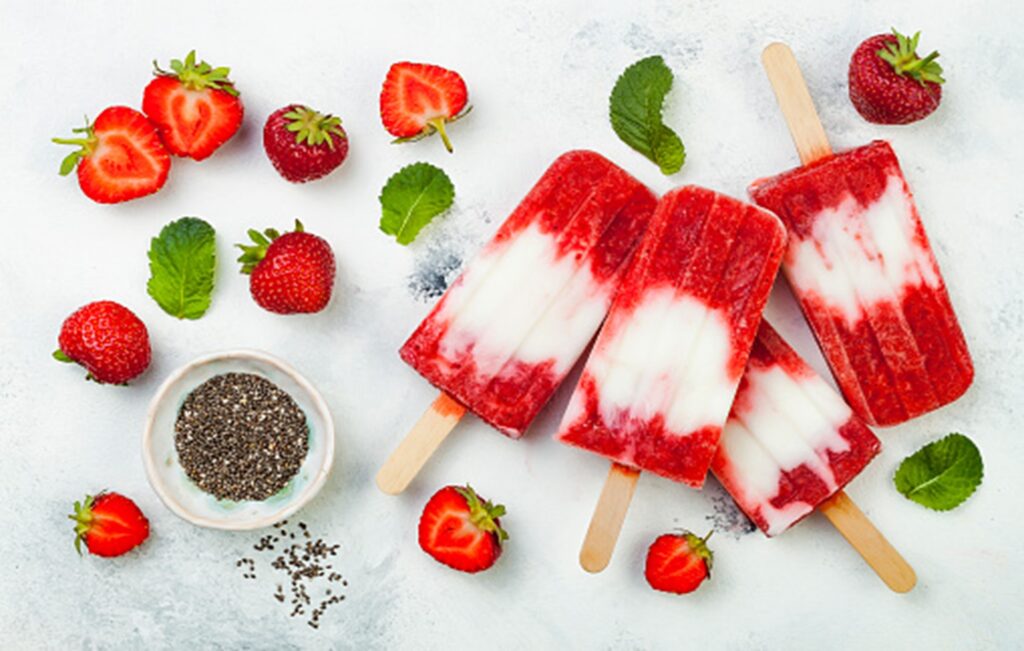
Servings: 10
Time to prepare: 10 minutes
Total time taken: 10 minutes
Calories: 53 kcal
Ingredients
3 cups strawberries, frozen.
½ cup milk of almond. You are free to use any milk beverage you choose (rice milk, soy milk, oat milk, etc.).
chia seeds (1/4 cup).
1 teaspoon lemon juice.
1 tbsp agave nectar.
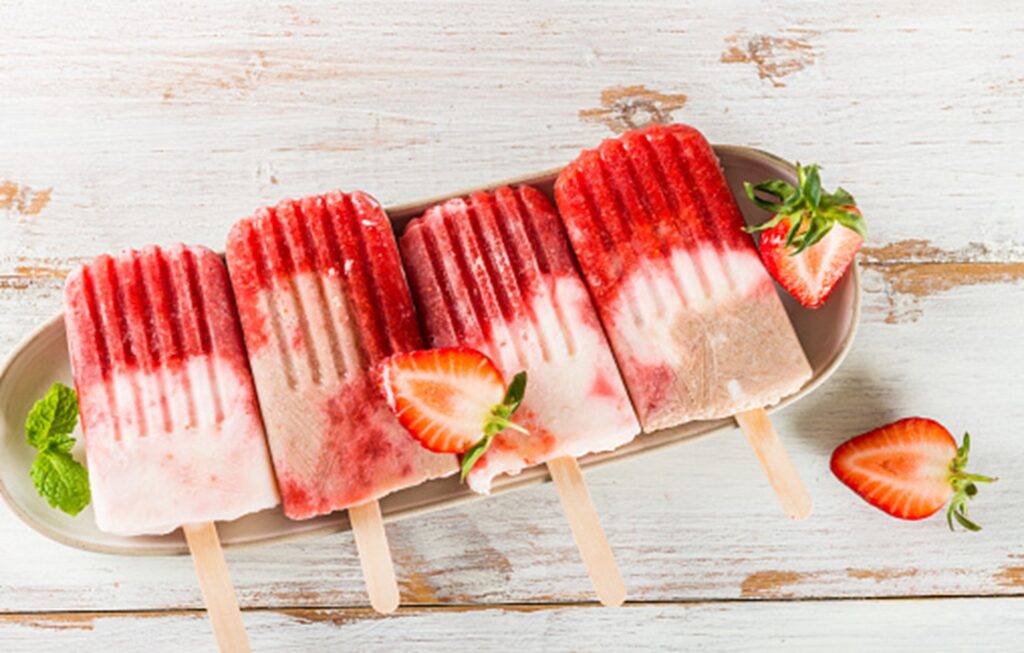
Directions
In a blender combine or put all the ingredients.
In a blender, blend the strawberries and coconut milk until smooth. Blend on low speed for a few seconds to integrate the chia seeds into the strawberry mixture.
Pour the mixture into a Popsicle mold.
Freeze for a few hours, approximately 4 hours, and then eat.
Ingredients
No ingredients could be found for this recipe.
Instructions
No instructions could be found for this recipe.
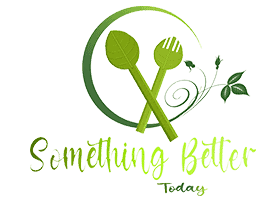
Leave a Reply